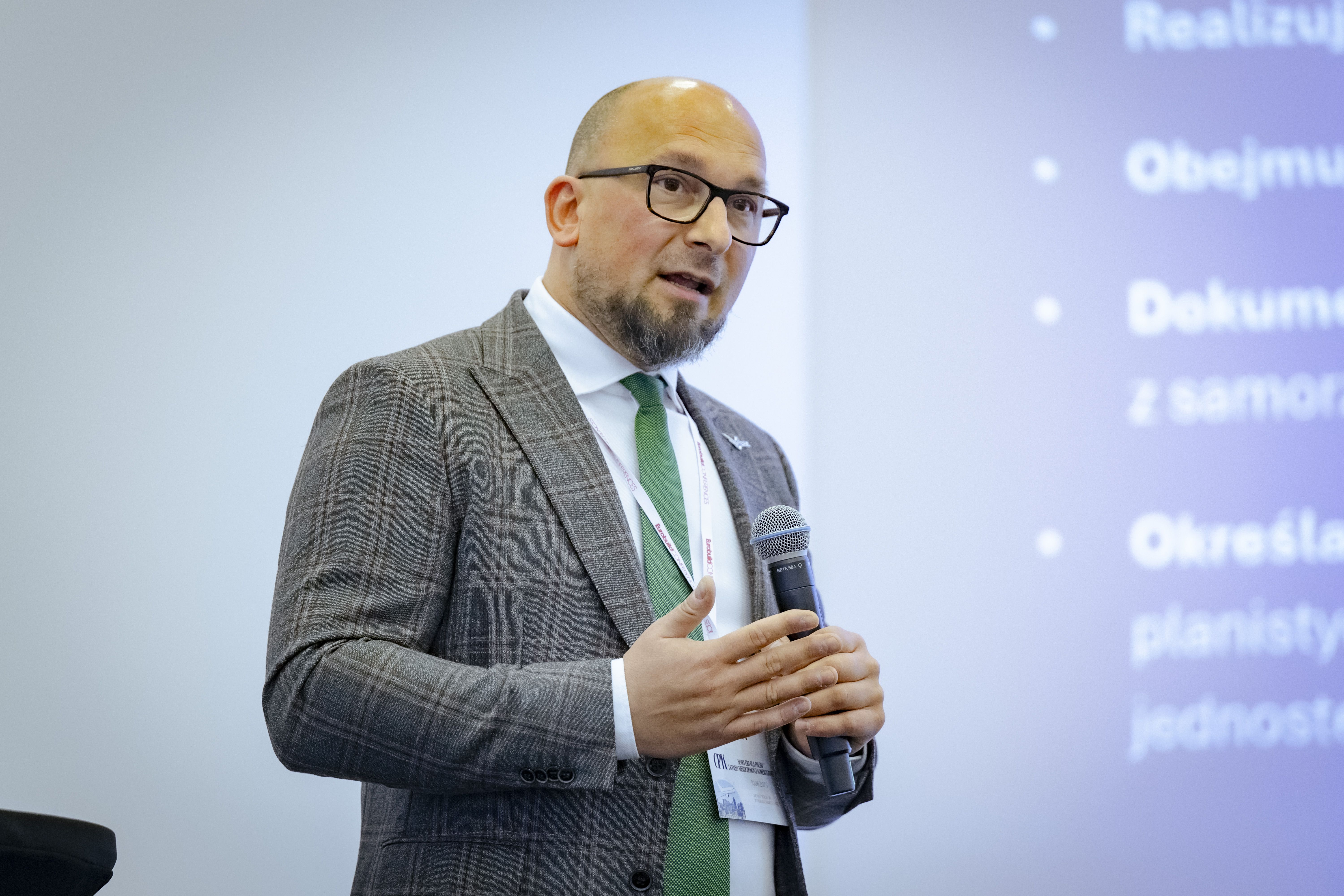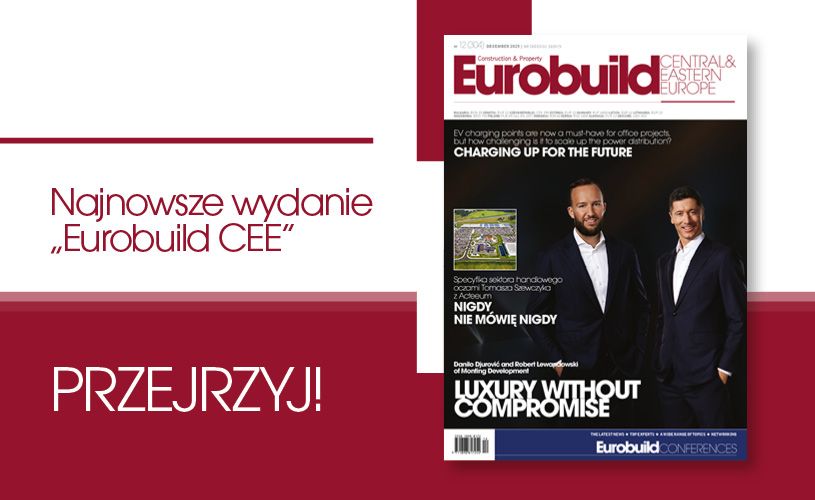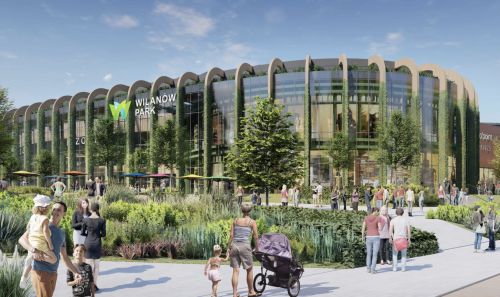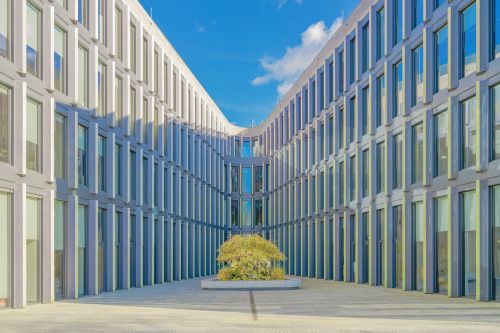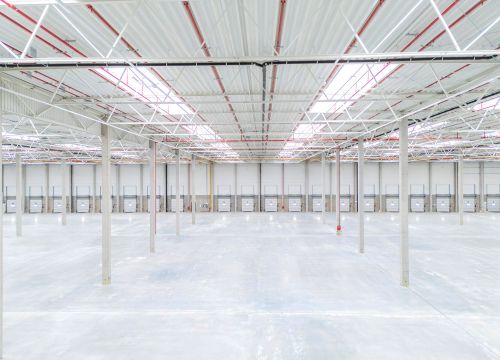Developers have been building up the larger Polish cities with shopping centres. The last town of 100,000 inhabitants to see the development of a large and modern mall, which will open at the end of November 2015 is Jaworzno. This will be Galeria Galena, the owner of which is P.A. Nova of Gliwice. However, this does not mean that such companies have given up on big cities. Retail space saturation in large cities such as Poznań and Wrocław considerably exceed the average for Poland, but they are still attractive for developers, such as Apsys or Unibail-Rodamco. Meanwhile, smaller towns, where retail parks or convenience centres, often located near transport hubs or estates, used to be eagerly built, are experiencing less and less popularity. Such facilities are still being developed, but with diminished enthusiasm. The market saturation is posing much greater challenges for developers of smaller facilities. The brightest star on the Polish market is Warsaw, where this market is growin







